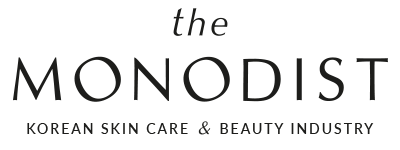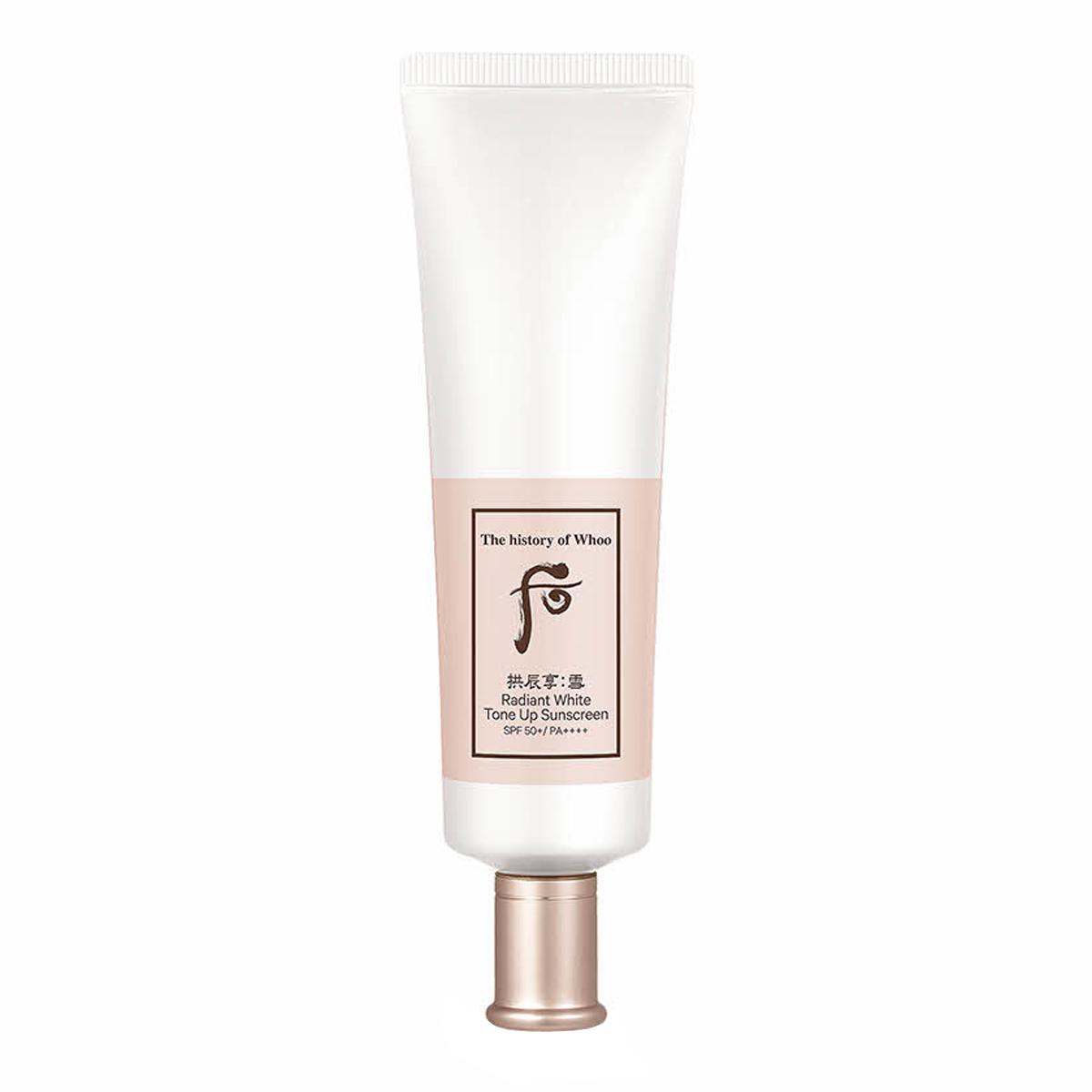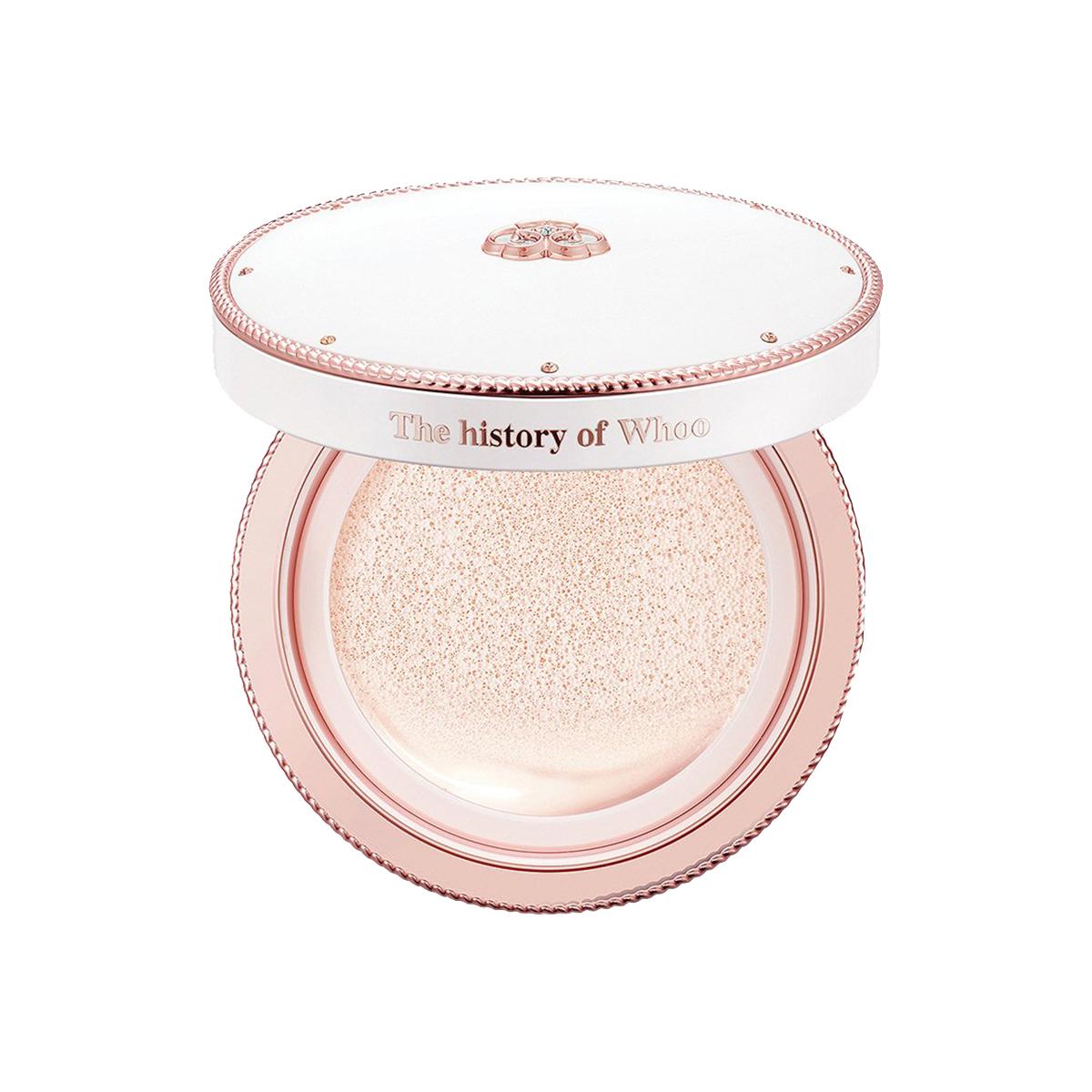The History of Whoo
Gong Jin Hyang Seol line
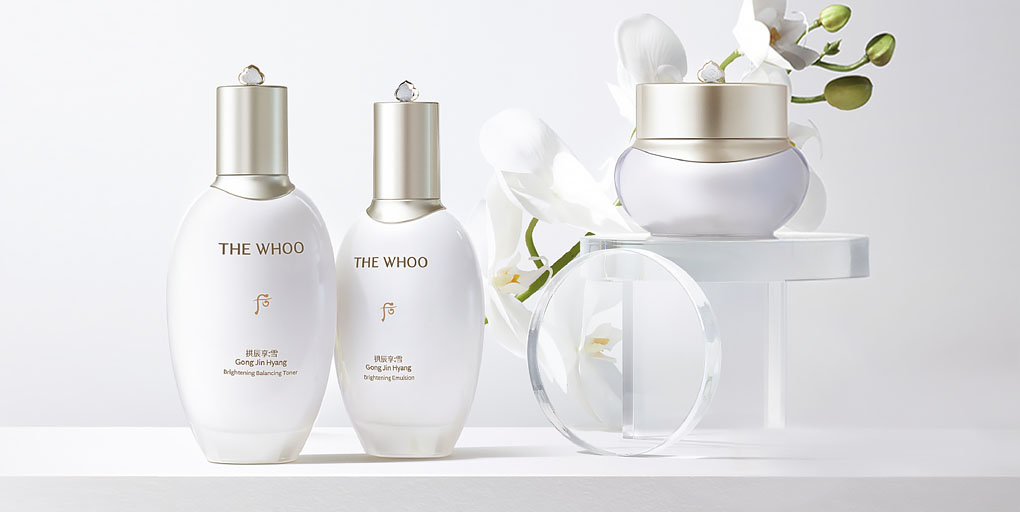
The History of Whoo’s “Gongjinhyang Seol” (공진향:설) is a brightening skincare line developed to restore skin’s natural radiance by reducing both visible dark spots (including blemishes, melasma and sun damage) and latent hyperpigmentation. The line offers an intensive skin brightening treatment and enhanced skin immunity, with fresh, lightweight formulas.
Disclaimer: I personally translated the majority of facts and contents in this article from original Korean sources, so I kindly ask you to credit my work if you’re planning to use any of the information included in this guide.
Many concepts mentioned in this guide are based on Oriental Medicine principles, for a better understanding please refer to the introduction to Traditional Korean Medicine on this website. It’s important to stress out that there is no correspondence between Oriental Medicine organs and Western anatomy so capitalised names in this article shouldn’t be interpreted in the Western medical sense.
⬥ Recommended for:
Main Ingredients
In Chinese medical classic Zhubingyuanhoulun (제병원후론, 諸病源候論) by Chao Yuanfang, Pigment Darkening (흑화, 黑化) was described as a disease caused by weakened immunity (“weakened Qi and Blood”) and the consequent attack of Pathological Wind (풍사, 風邪)8.
In other words, this means that skin pigmentation has both internal causes (weakened immunity) and external causes (Pathological Wind). “Gongjinhyang Seol” was created to address both internal and external causes of skin pigmentation.
On an external level, the products work to brighten superficial dark spots triggered by environmental aggressors like UV rays and air pollution.
Internally, the line contains ingredients that improve skin’s immunity by rebalancing the function of the Five Organs (오장, 五臟), a delicate harmony that deteriorates with age, and relieve mental stress, which is considered the leading cause of Qi flow stagnation9.
This combined approach promises to even out skin tone and boost skin’s immunity to prevent a new invasion of Pathological Wind, and in turn future hyperpigmentation.
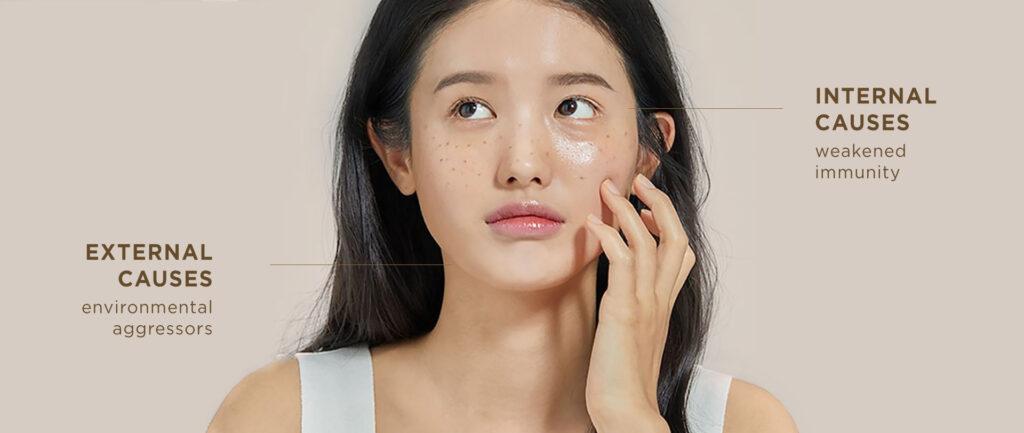
To understand the effects of Pathological Wind, first it’s important to understand the meaning of the “6 Pernicious Influences“.
In Oriental Medicine, the theory of 5 Periods and 6 Qi (오운육기, 五運六気) describes the influence of seasonal and climatic changes on the health of human beings. According to the “Advanced Textbook of Traditional Chinese Medicine and Pharmacology”:
“Wind, cold, summer-heat, damp, dryness, and fire are the six climatic factors which correspond to normal seasonal changes. Normally, they are known as the “Six Qi.” (…). The Six Qi normally will not cause diseases. However, if and when the Six Qi become abnormal or excessive, as happens in abrupt changes in environmental conditions, and if the body’s resistance is too weak to adapt to these variations, the Six Qi may become the six excesses: pathogenic factors that cause diseases6.”
Advanced Textbook of Traditional Chinese Medicine and Pharmacology
When body’s immunity is weakened or compromised, the 6 environmental forces called 6 Qi become injurious by invading the body and they are traditionally referred to as “6 Pernicious Influences” or “6 Evils” in Oriental Medicine.

In relation to the skin aging process, the 6 Evils manifest through these symptoms:
Wind is the leading pathogen among the 6 Evils. While the other 5 Evils are seasonal, wind exists all year round and causes disease whenever the defensive ability of the body declines7.
⬥ Anti-Darkness Complex™
The Anti-Darkness Complex™ is an exclusive formulation developed through extensive research by The History of Whoo. This advanced complex contains a potent blend of brightening ingredients designed to create a crystal-clear, luminous complexion.
The carefully selected ingredients work to address dullness and uneven skin tone. Anti-Darkness Complex™ consists of: Acetyl Glucosamine, Scutellaria Baicalensis Root Extract, Trehalose, Xylitol and Isostearic Acid.
⬥ Niacinamide
Niacinamide, also known as vitamin B3, is a highly effective skin-brightening ingredient. This multifunctional compound has the ability to visibly even out skin tone and diminish the appearance of discoloration or hyperpigmentation. By inhibiting the production of melanin, niacinamide can help reduce the visibility of age spots, sun damage, and other types of discoloration.
⬥ Jinjusansam™ (진주산삼, 珍珠山蔘)
“Jinjusansam™” (진주산삼, 珍珠山蔘) is a proprietary herbal complex that combines the properties of Wild-Simulated Ginseng and Pearls.
Panax Ginseng is one of the most expensive Hanbang herbs. Ginseng is also known as “Shincho” (신초, 神草), meaning “God’s Herb”, and in Oriental Medicine it’s commonly used to replenish Qi (“tonify Qi”) across the Five Organs (오장, 五臟)3.
Wild Ginseng (Panax Ginseng Meyer cv. Silvatica) and Cultivated Ginseng present significant differences, in terms of market price, morphology and of general properties. In fact, Wild Ginseng was shown to contain at least 10 times the amount of active compounds of Cultivated Ginseng2. This enhanced effectiveness, along with its natural scarcity and difficult availability, make Wild Ginseng one of the most precious herbal remedies in Oriental Medicine.
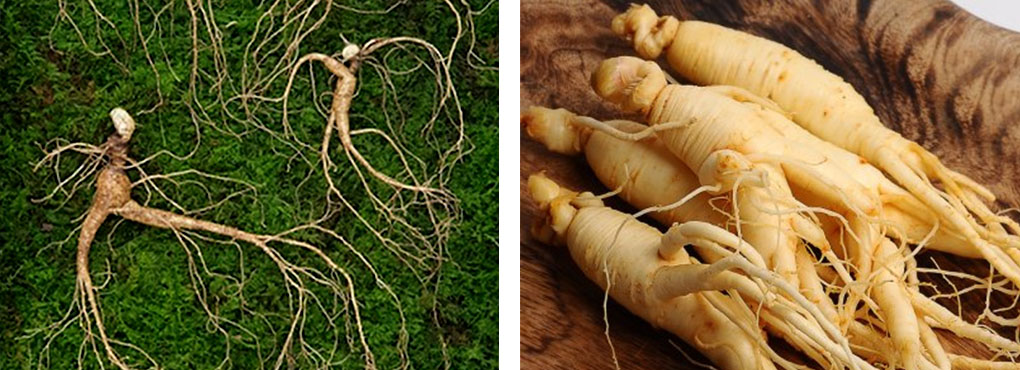
Different morphological characteristics of Wild Ginseng (sx) and Cultivated Ginseng (dx). (source: YTN)
Due to the scarcity of the plant, many Wild Ginseng plants currently on the market are obtained through human intervention. This type of Wild Ginseng is called “Wild-Simulated Ginseng” and results from humans planting ginseng seeds in an environment where Wild Ginseng usually grows, allowing the plant to develop as naturally as possible.
Wild-Simulated Ginseng is known to contain more active ingredients than Cultivated Ginseng but not as much as real Wild Ginseng, and for this reason the market price of Wild-Simulated Ginseng is slightly more accessible4.
In many East Asian countries, Pearl Powder has been used for centuries as a beauty tonic to promote a brighter complexion. The Donguibogam (the most representative text of Traditional Korean Medicine) describes the benefits of Pearl Powder as follows:
“When you mix pearl powder with milk and apply it, it removes dark spots and improves complexion by making skin tone more radiant.“
DONGUIBOGAM (1613)1
LG Household & Health Care combined these two powerful ingredients in a herbal complex called: “Jinjusansam“. “Jinjusansam” is the core ingredient of “Gongjinhyang Seol” and works to reduce hyperpigmentation, boost skin radiance and reduce the appearance of wrinkles.

The complex was developed following a modern reinterpretation of a traditional Oriental Medicine processing technology: “Myeonghachobeop” (명하초법, 明煆助法). The process consists of two steps:

⬥ Gong Jin Solution™
All products from The History of Whoo incorporate “Gong Jin Solution™“, also known as “Gongjinbidan” (공진비단, 供辰秘丹), a proprietary herbal complex that constitutes the core ingredient of the brand.
“Gong Jin Solution™” is based on “Gongjindan” (공진단, 拱辰丹), a traditional Oriental medicine prescription originally created by Chinese physician Wei Yilin. According to the classical text or Oriental Medicine “Efficacious Remedies of the Physicians” (세의득효방, 世醫得效方), “Gongjindan” was a remedy exclusively reserved for emperors and for this reason, it earned the name of “Emperor’s Medicine”10.
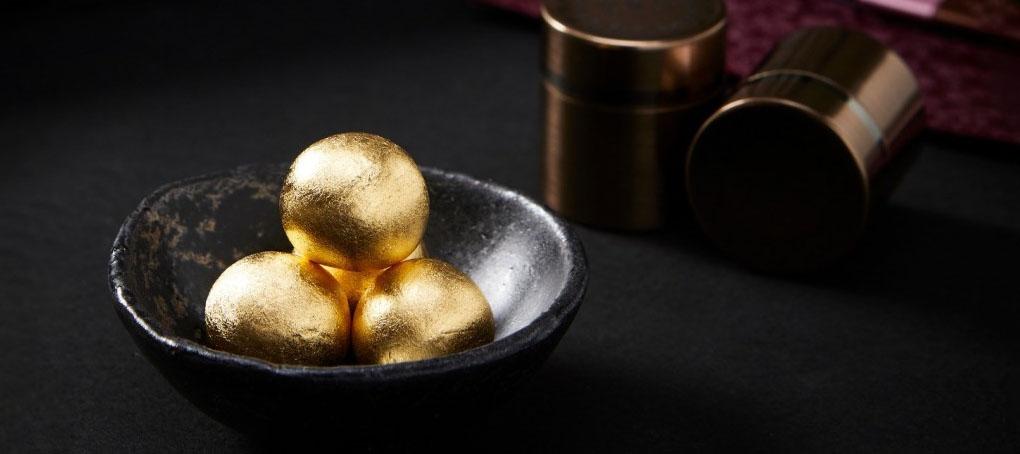
[source: 백록담한의원]
“Gongjindan” appears in many traditional medical texts from China and Korea and it’s described as a remedy that strengthens the body’s immune defences and brings back the natural balance between its organs.
The Donguibogam (the most representative text of Traditional Korean Medicine) describes “Gongjindan” as follows:
“If a man is sickly even after growing up, he is constitutionally weak. In such a case, body fluids should be increased but body heat should be cooled down. Other medicines are inefficacious against it, but this medicine is effective to harmonize internal organs with each other and to prevent various diseases.”
DONGUIBOGAM (1613)
To this day, “Gongjindan” is a vital tonic that is still commonly used in many Asian countries to combat chronic fatigue, weak constitution and deteriorated immunity.
Through the integration of modern science, LG Household & Health Care developed a cosmetic ingredient based on the original prescription for “Gongjindan”: “Gong Jin Solution™“.

Developed through The History of Whoo’s integrative medicine research technology, “Gong Jin Solution™” consists of:
1,2-Hexanediol, Angelica Gigas Root Extract, Arginine, Butylene Glycol, Cornus Officinalis Fruit Extract, Ethylhexylglycerin, Ganoderma Lucidum (Mushroom) Extract, Glutamic Acid, Glycoproteins, Thymus Vulgaris (Thyme) Extract, Water11.
In particular, the ingredient was enriched with four traditional herbal remedies:
Overall, the ingredient promises to increase energy flow, while also rebalancing and reinvigorating skin to enhance the skin’s intrinsic energy and elasticity11.

Products
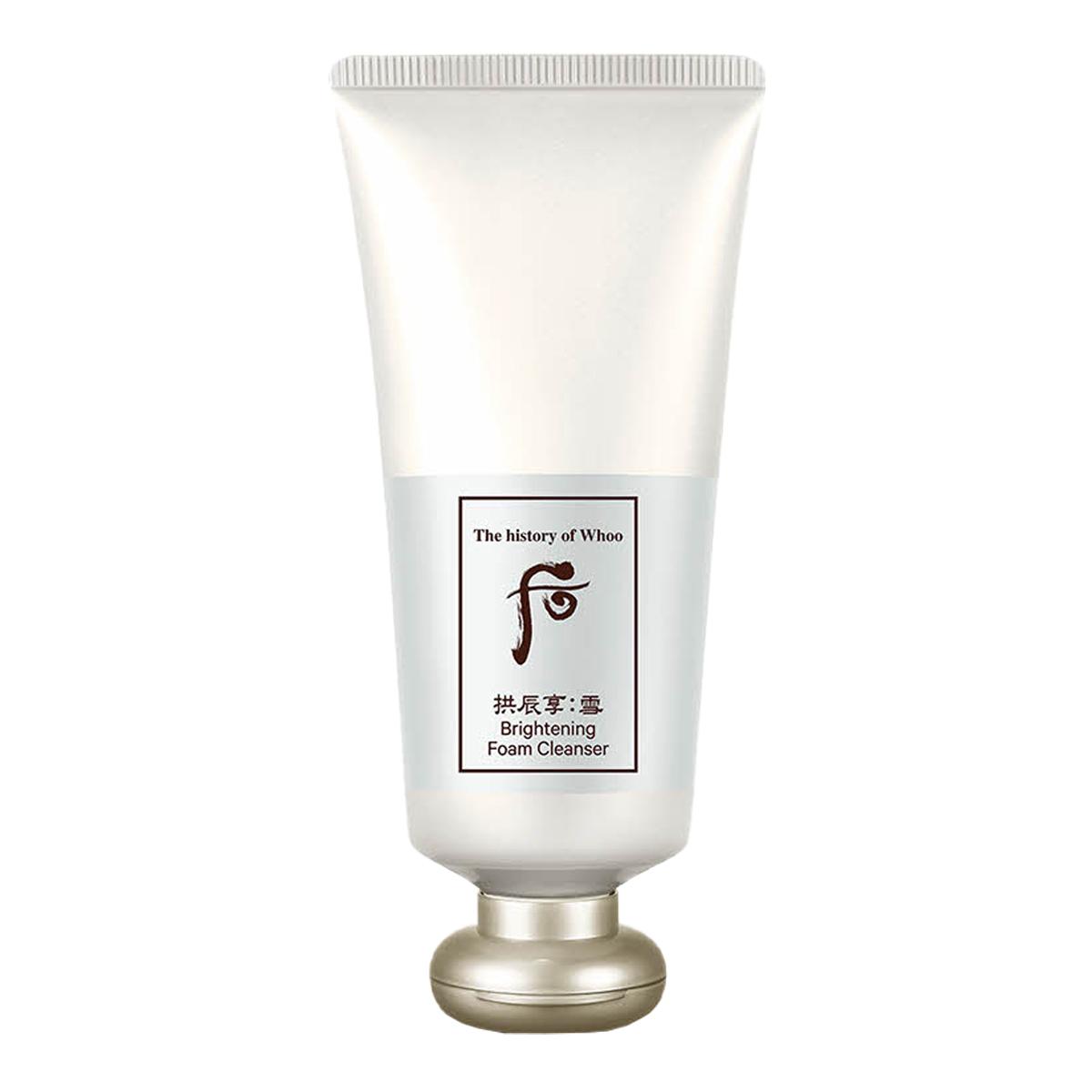
Gongjinhyang Seol Brightening Foam Cleanser
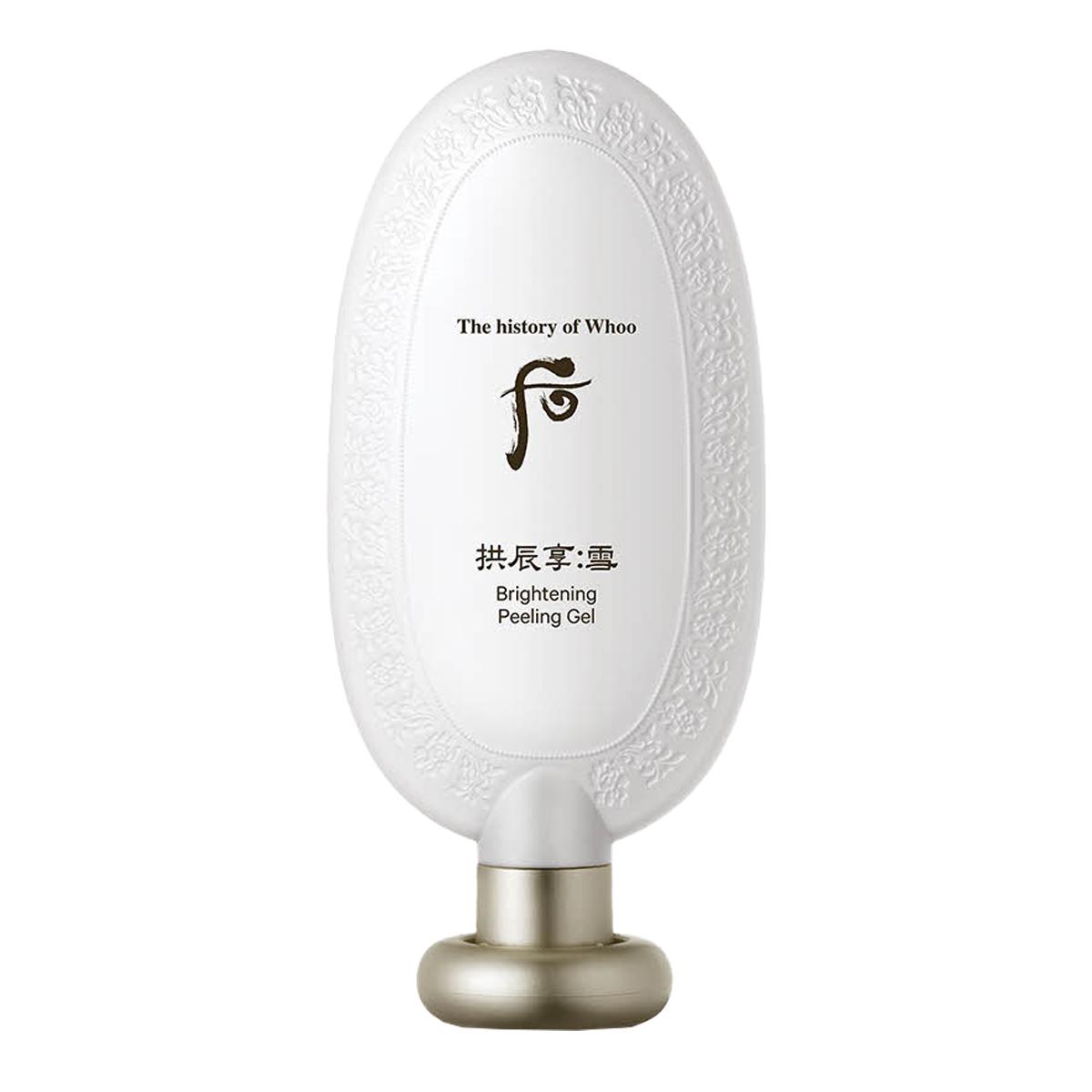
Gongjinhyang Seol Brightening Peeling Gel
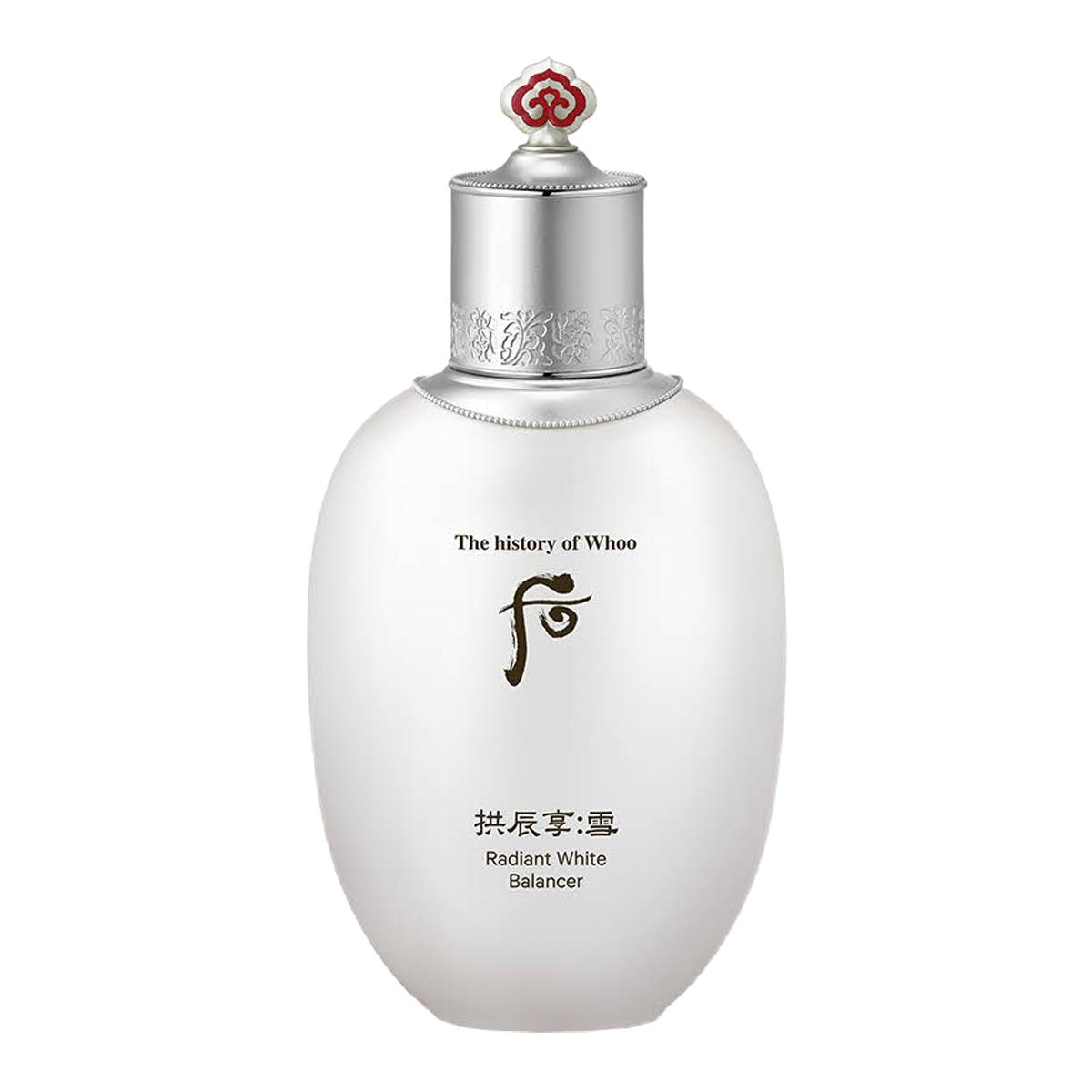
Gong Jin Hyang Seol Brightening Balancing Toner
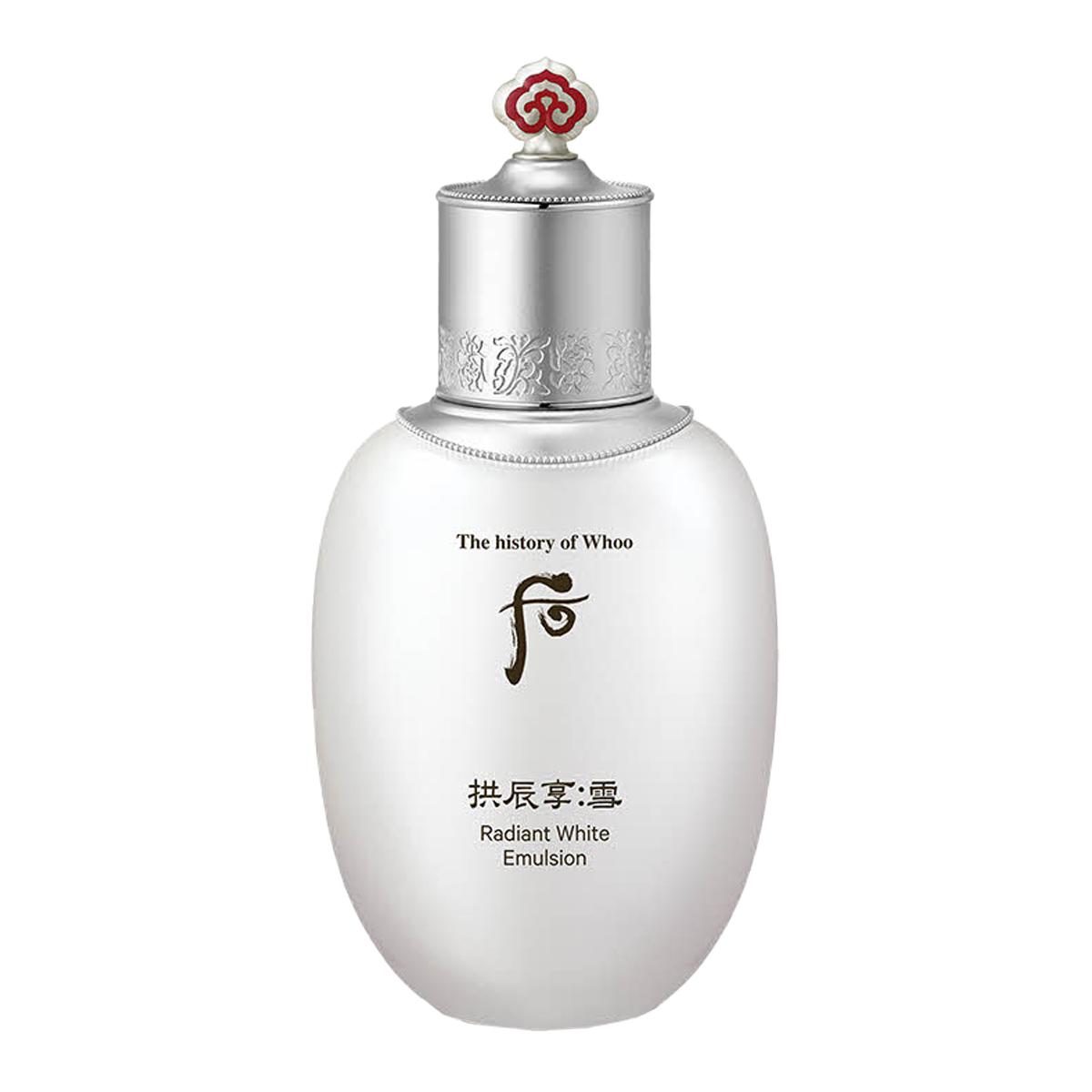
Gong Jin Hyang Seol Brightening Emulsion
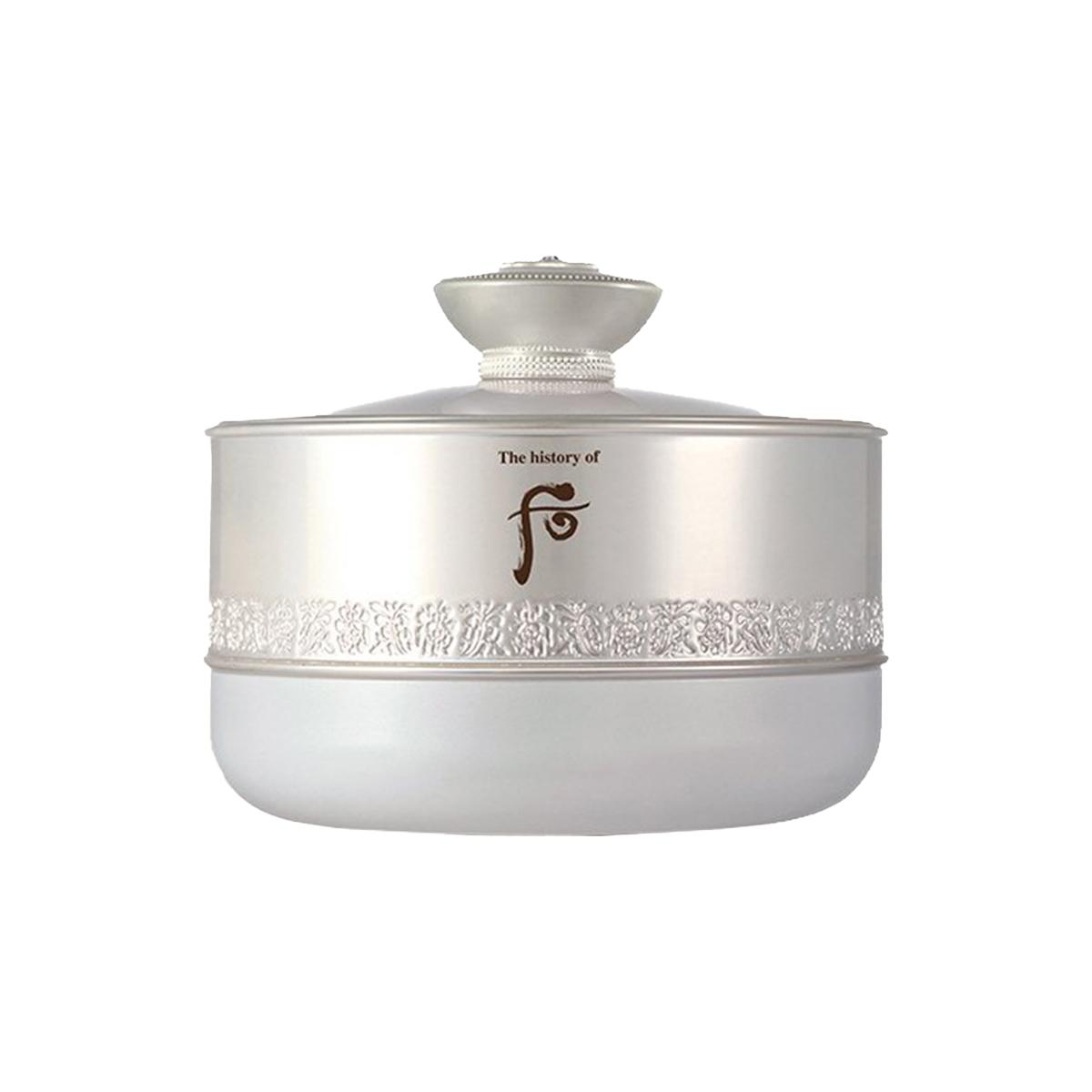
Gongjinhyang Seol Radiant White Ampoule
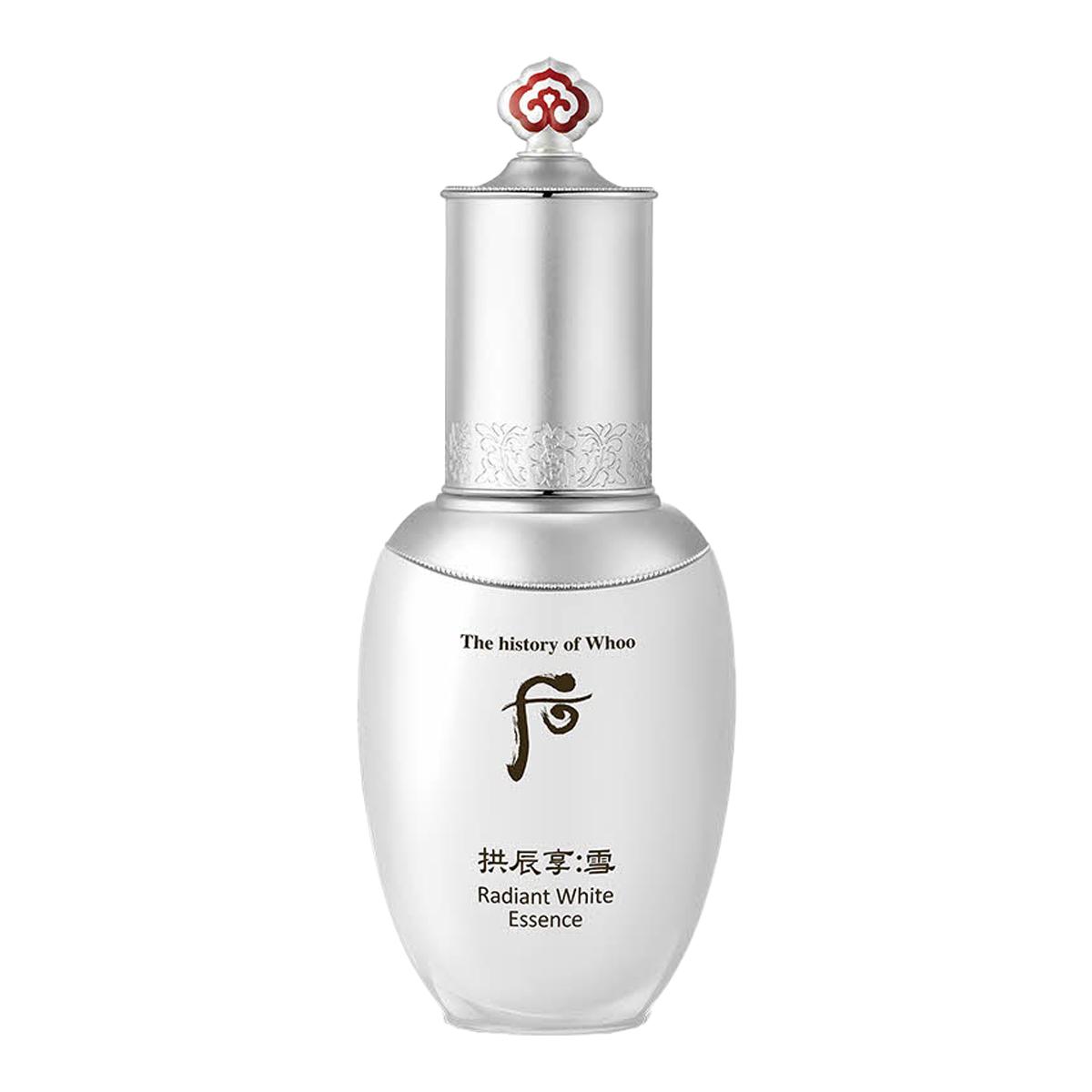
Gongjinhyang Seol Radiant White Essence
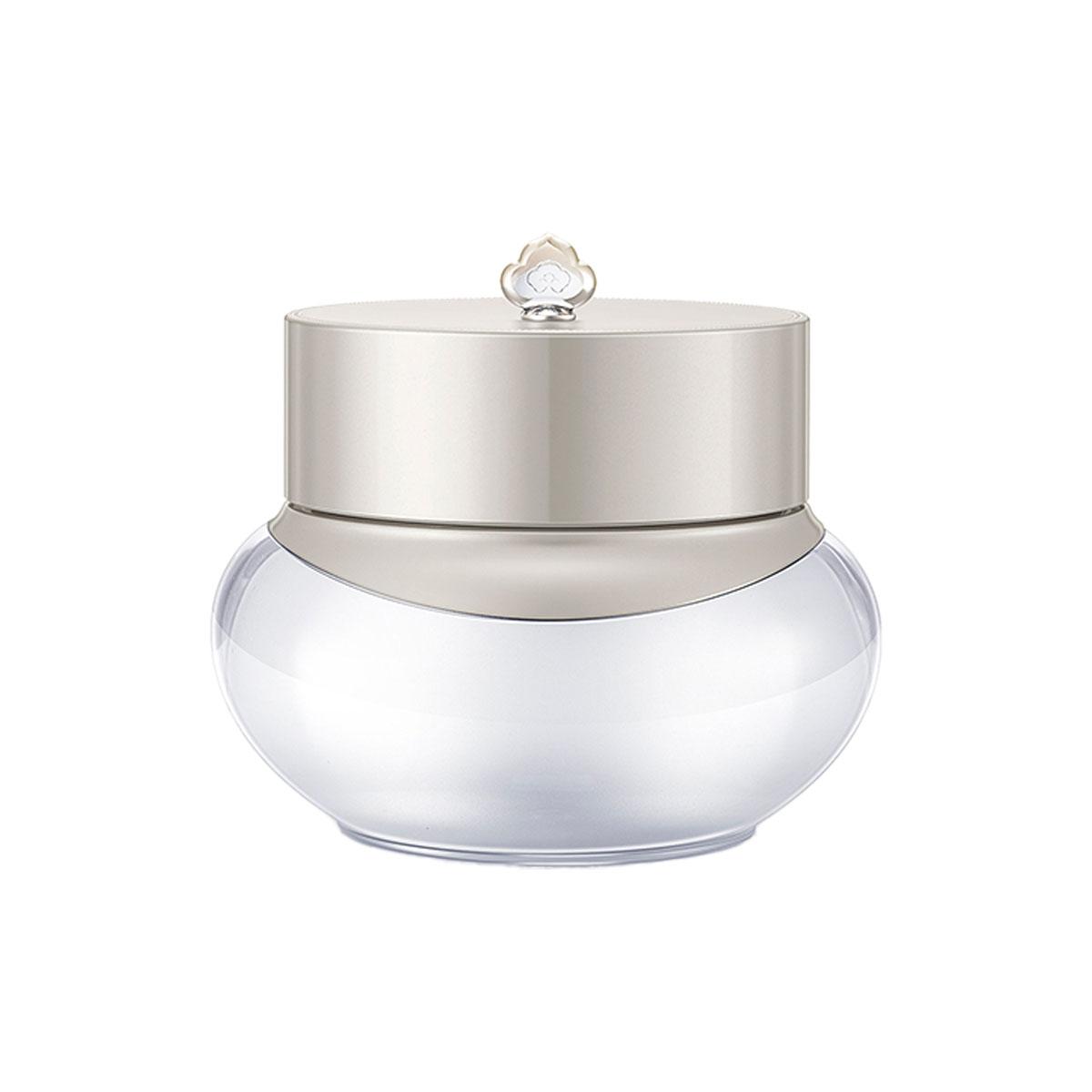
Gong Jin Hyang Seol Brightening Power Cream
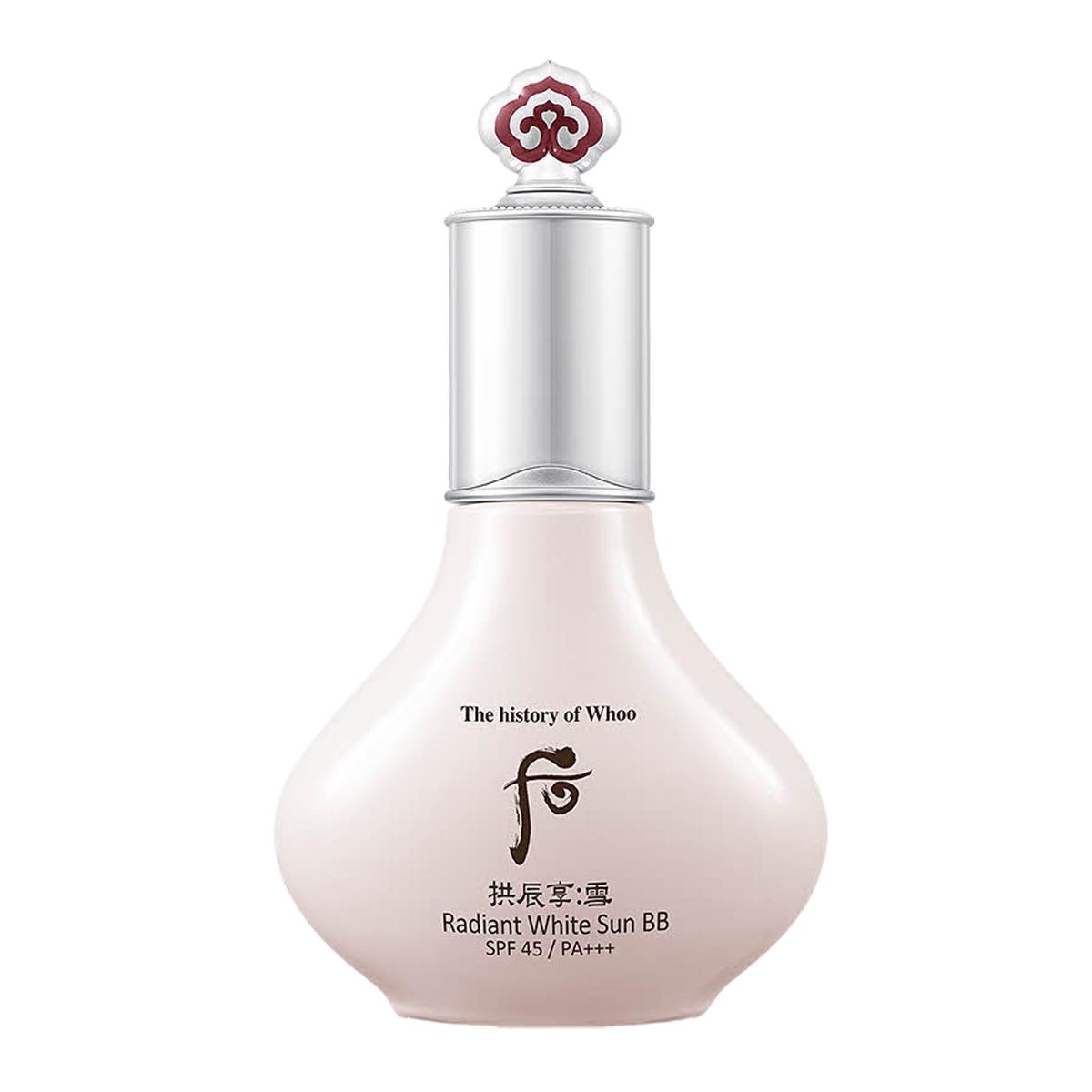
Gongjinhyang Seol Radiant White BB Sun SPF45/PA+++
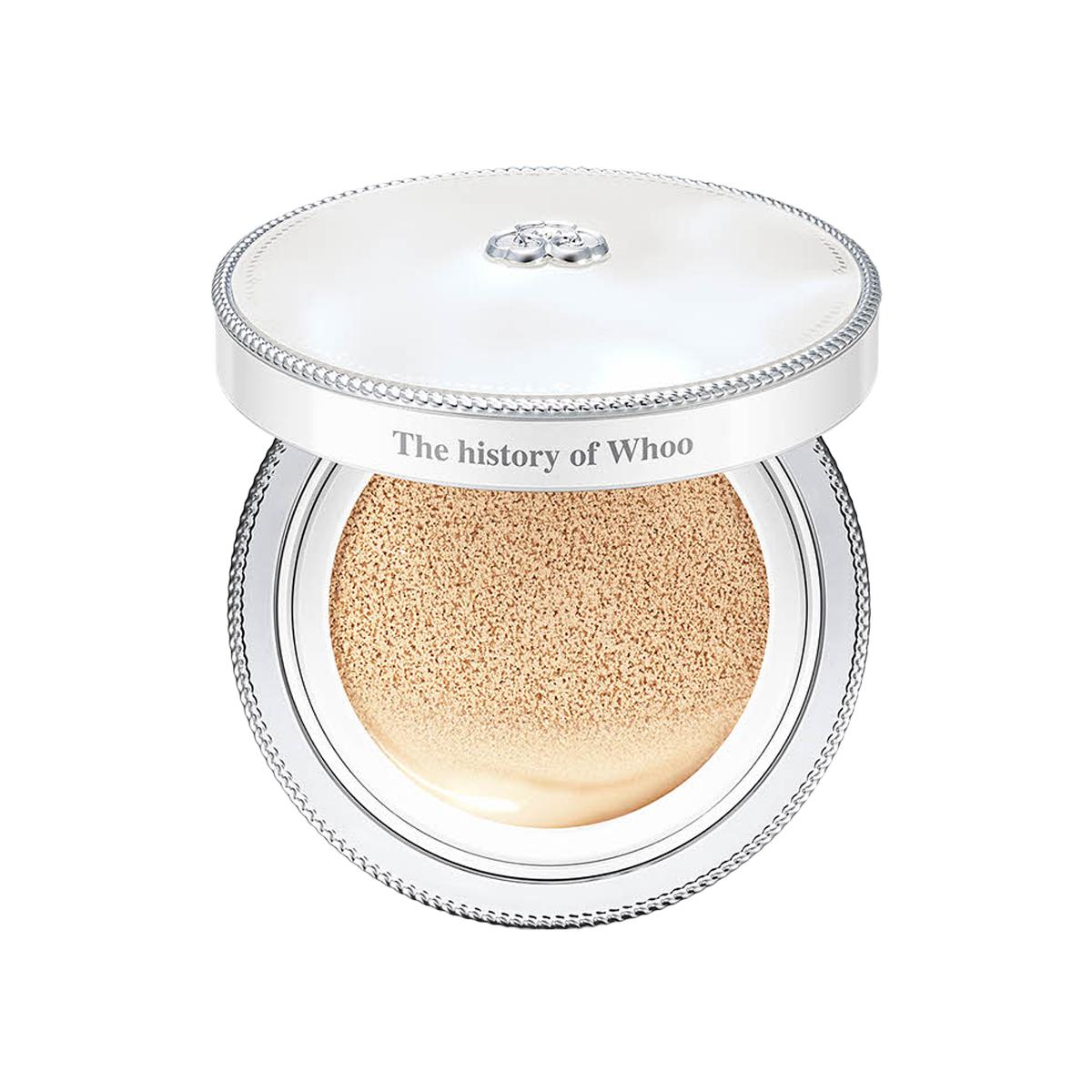
Gongjinhyang Seol Radiant White Moisture Cushion Foundation SPF50+/PA+++
⬥ Recommended order of use

Shop the Line
⬥ International retailers
⬥ South Korean retailers
Make sure to check out the Discount & Coupons page to access exclusive offers for major Korean skincare retailers.

Notes
- 양해원. (2021). “[화장품 탐구] 화장품 원료로도 보석인 “진주.”” 매경헬스.
- Jeong H. (2009) 인삼ㆍ산양삼ㆍ자연산 산삼의 ginsenoside 함량 분석 및 홍삼화 후 성분변화 비교. 상지대학교 학술정보원
- Dharmananda, Subhuti. (2002). “The Nature of Ginseng.” Herbalgram (Number 54), the Journal of the American Botanical Council.
- 대한민국 산림청. (2020). 임업 및 산촌 진흥촉진에 관한 법률, 제2조.
- 홍익. (2021). “한의학 용어“.
- State Administration of Traditional Chinese Medicine. (1995). “Advanced Textbook on Traditional Chinese Medicine and Pharmacology”. New World Press.
- Chen, P. (1997). Concepts and Theories of Traditional Chinese Medicine. Beijing: Science Press.
- LG생활건강. (2008) “흑화의 보이지 않은 그늘과 지친 정신까지 투명하게 다스리는 피부 미백 궁중 한방 처방, 공진향 : 설.” 뉴스와이어.
- Kim, S. et al. (2020) “A Review on the Concept Establishment of Stagnation Syndrome,” Journal of Oriental Neuropsychiatry. 대한한방신경정신과학회, 31(2), pp. 121–133. doi: 10.7231/JON.2020.31.2.121
- 김은진. (2003). “나도 한번쯤 써보고 싶다! 피부 보약, 한방 화장품.” 레이디경향.
- 더후(The Whoo). (n.d.). 더후: The whoo. 더후(THE WHOO). https://www.thewhoo.com
